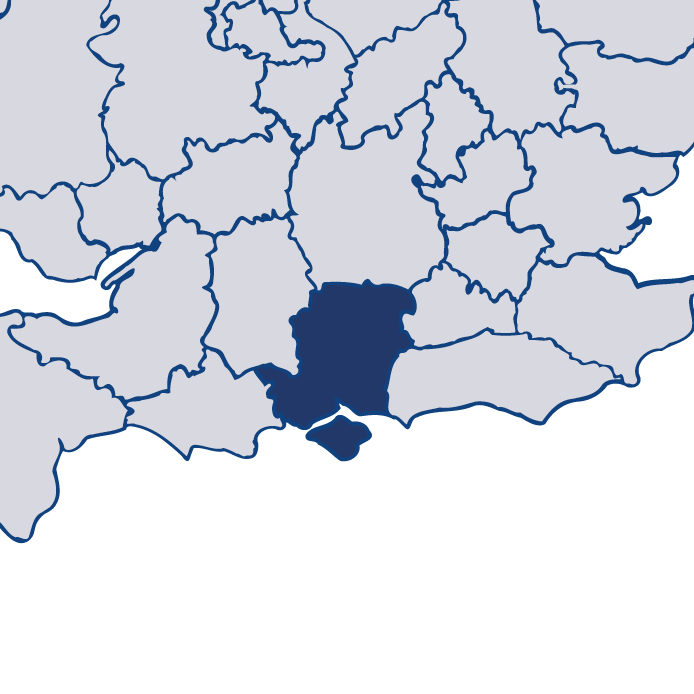Hampshire 2017
Read more about HampshireThis is HMICFRS’ fourth PEEL (police effectiveness, efficiency and legitimacy) assessment of Hampshire Constabulary. PEEL is designed to give the public information about how their local police force is performing in several important areas, in a way that is comparable both across England and Wales, and year on year. The assessment is updated throughout the year with our inspection findings and reports.
The extent to which the constabulary is effective at keeping people safe and reducing crime is good.
The extent to which the constabulary is efficient at keeping people safe and reducing crime is good.
The extent to which the constabulary is legitimate at keeping people safe and reducing crime is good.

Zoë Billingham, Her Majesty’s Inspector of Constabulary
HMI's observations
Read my assessment of Hampshire Constabulary below.
I am very pleased with the performance of Hampshire Constabulary in keeping people safe and reducing crime, particularly for the action it has taken to address the areas for improvement identified in previous inspections.
The force investigates serious crime well, and is good at protecting the public from dangerous offenders. Its efforts to improve the response to victims of domestic abuse are of particular note. However, investigations into some less serious crimes are not always satisfactory and there is a need for more consistent supervision and more victim updates.
It has a good understanding of demand for its services, and processes to predict future demand. It has realistic financial plans that include investing in infrastructure, such as IT and estate, which will help it to achieve savings in the long term and will improve its service to the public.
The chief constable has created an environment of fairness and respect, benefiting both the people who the force serves, and its own officers and staff.
Overall, I commend Hampshire Constabulary for the improvements it has made to its performance this year.
Effectiveness
How effective is the force at keeping people safe and reducing crime?
Efficiency
How efficient is the force at keeping people safe and reducing crime?
Legitimacy
How legitimate is the force at keeping people safe and reducing crime?
Other inspections
How well has the force performed in our other inspections?
In addition to the three core PEEL pillars, HMICFRS carries out inspections of a wide range of policing activity throughout the year. Some of these are conducted alongside the PEEL inspections; others are joint inspections.
Findings from these inspections are published separately to the main PEEL reports, but are taken into account when producing the rounded assessment of each force's performance.





